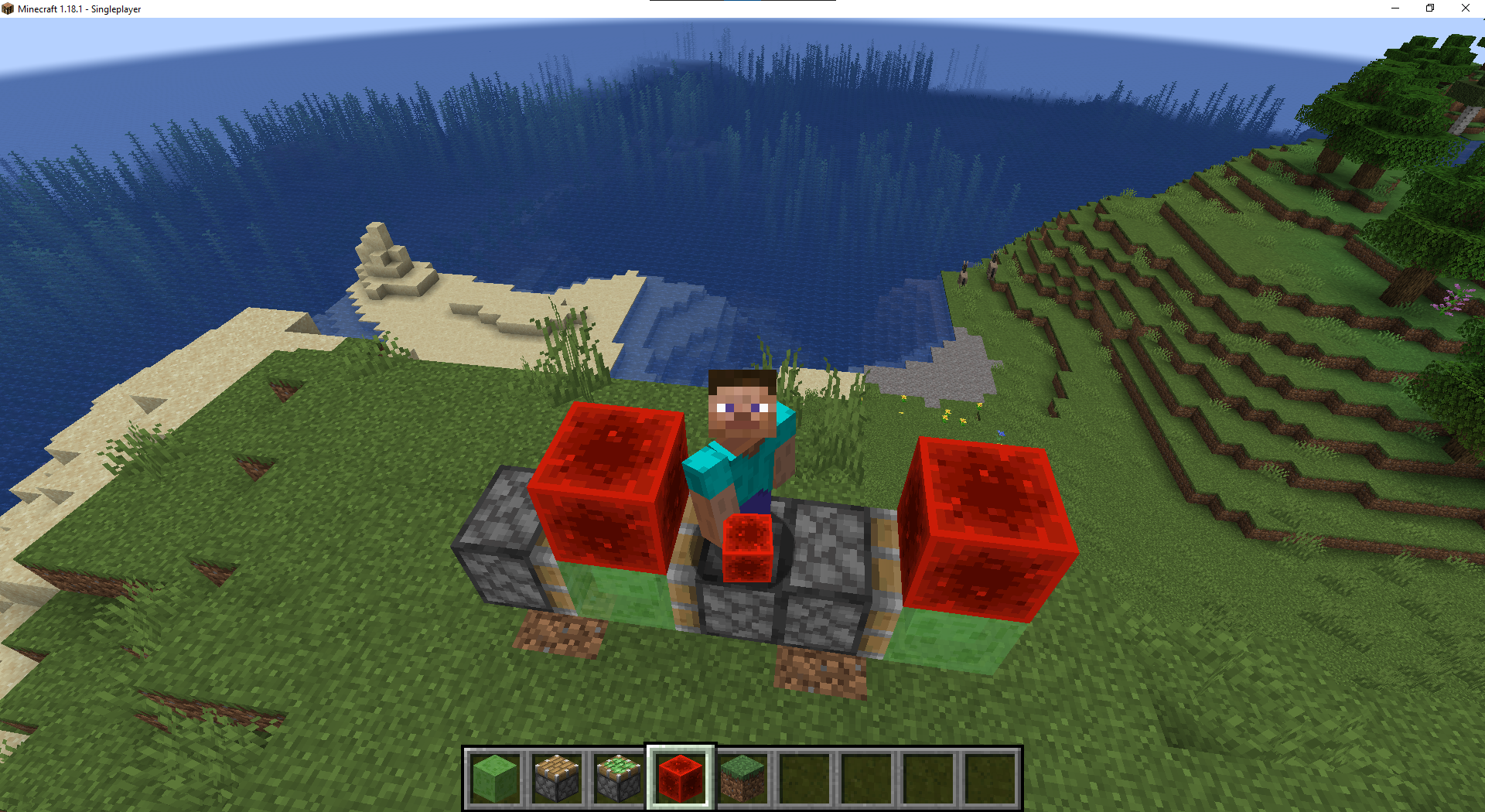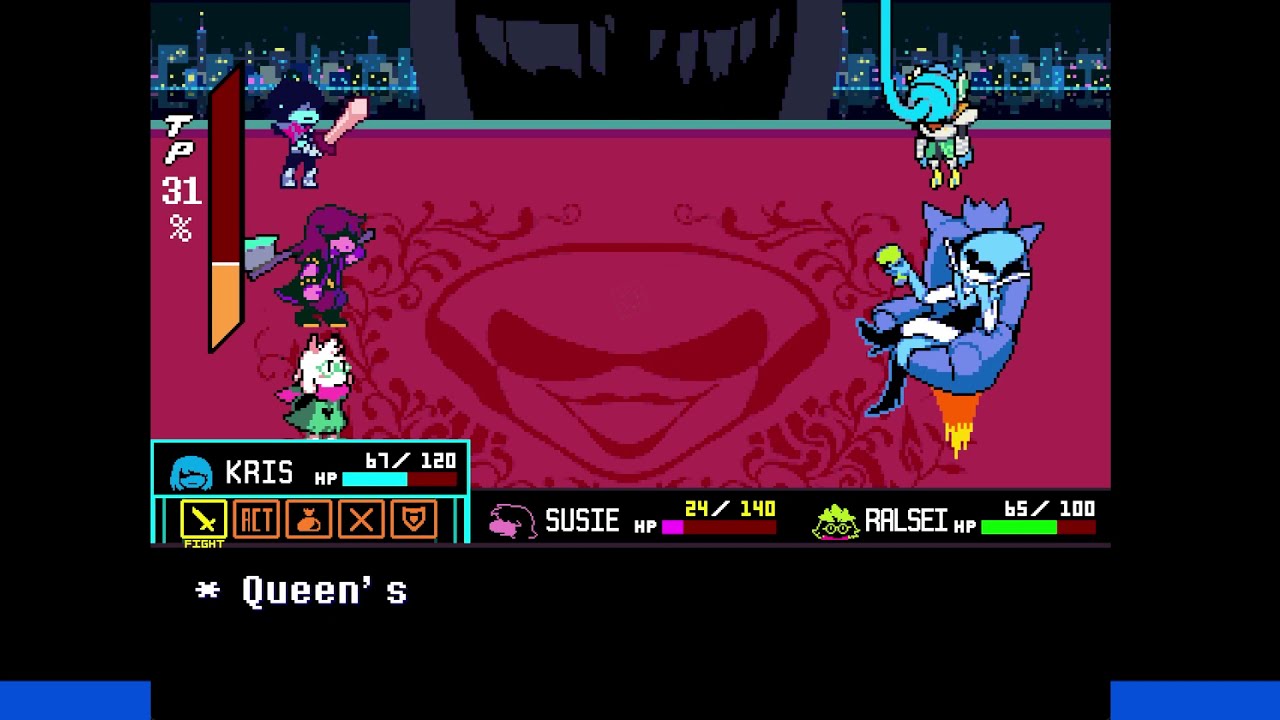Popular Now
Hello Neighbor isn’t your typical stealth horror game. Its cartoonish art style and childlike presentation may initially seem at odds with the tension it tries to build, but beneath that surface lies one of the game’s most psychologically intense features: level design. In Hello Neighbor, the house itself becomes a character—unpredictable, oppressive, and intentionally confusing. This article dives deep into how Hello Neighbor uses evolving level design to heighten tension, manipulate player expectations, and reflect deeper themes such as fear, memory, and trauma. We will explore this progression across the game’s acts and analyze how each spatial transformation supports the unsettling narrative at the game’s core.
Act 1 – Familiarity with Subtle Disruptions
At the outset, Hello Neighbor introduces players to a relatively grounded environment. The neighbor’s house looks quirky but not entirely threatening. The rooms make logical sense, with a living room, kitchen, and bedroom all placed where you'd expect them to be.
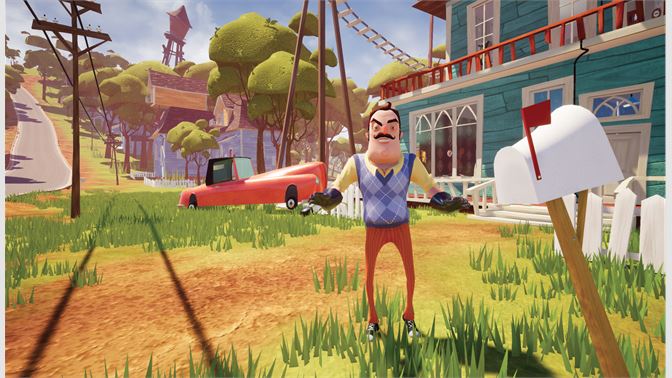
This architectural coherence lulls players into a false sense of security. However, the moment they begin exploring beyond the surface, cracks begin to show. Doors are locked without reason, there are stairs leading to nowhere, and vents in unexpected places. The player starts questioning the house’s logic, and that’s exactly what the game wants—planting the first seeds of paranoia.
Act 2 – Confined Spaces and the Fear of Control
After the player is captured at the end of Act 1, they awaken in a distorted, prison-like version of the house. Everything feels wrong: the ceilings are lower, the hallways tighter, and escape seems nearly impossible.
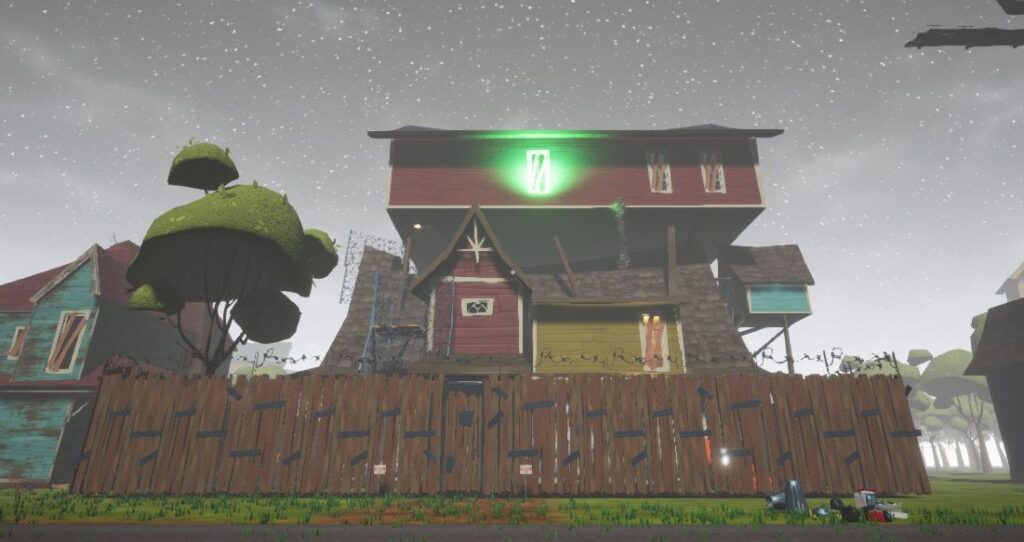
This shift represents the neighbor tightening his grip, both literally and metaphorically. The player’s sense of spatial awareness is deliberately compromised. While the previous act offered some freedom, this act introduces constraints, giving a growing sense of claustrophobia. The house seems alive, reshaping itself to entrap rather than shelter. The gameplay forces players into repetitive loops and trial-and-error, increasing feelings of frustration and helplessness.
Act 3 – Dream Logic and Fragmented Memory
Act 3 opens up into a sprawling, dreamlike version of the house. Rooms float above each other. Elevators, train tracks, and gravity-defying paths replace traditional floor plans. This space no longer pretends to follow real-world logic.

The bizarre spatial shifts are symbolic of the protagonist’s deteriorating understanding of events. This act is a manifestation of confusion and trauma. Rather than exploring a house, players feel like they’re navigating a mental breakdown. The design mimics how we experience memory: fragmented, distorted, and illogical. It’s an architectural representation of fear buried in the subconscious.
The Function of Verticality
One of the most distinct design choices in Hello Neighbor is its use of vertical space. From Act 1 onward, players are often required to climb, jump, and fall between levels in unpredictable ways. This adds physical tension, but also psychological instability.
Verticality creates a constant sense of imbalance. When you're never sure whether to go up, down, or across, it becomes difficult to strategize. The neighbor can appear at any level, from any direction, and this unpredictability fuels anxiety. Vertical traversal becomes both a mechanic and a metaphor—an unstable emotional state reflected in unstable terrain.
Locked Doors and False Choice
The game uses locked doors not just as barriers but as psychological tools. Players are shown pathways and then denied access, forcing them to backtrack or find complex workarounds. These aren’t just puzzles—they're punishments designed to instill uncertainty.
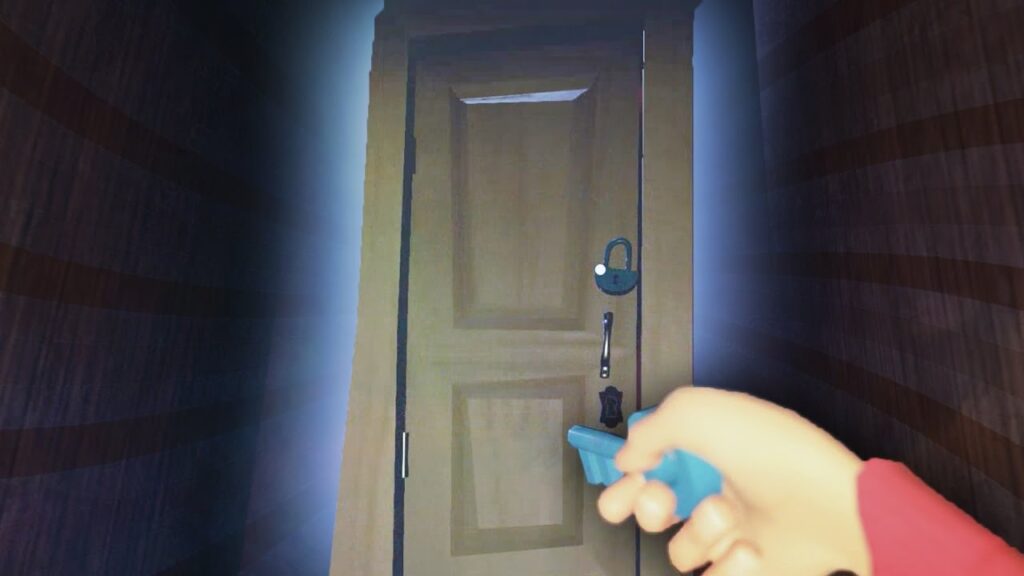
False choice becomes a recurring theme. You may think you’re progressing when in reality you’re being funneled into the same space from different angles. The game weaponizes curiosity, leading players in circles until they begin to question their own logic. It’s this loop of misdirection that blurs the line between gameplay and gaslighting.
Environmental Storytelling Through Structure
Rather than use text or voiceover, Hello Neighbor tells its story through the structure and evolution of its levels. Each act’s layout communicates part of the protagonist's emotional journey—from denial to fear to acceptance.
In Act 3, for example, the attic hides elements of the protagonist’s childhood, hinting at a deeper narrative about loss. Entire areas are metaphorical representations of trauma, including oversized furniture (indicating childhood), abandoned toys, and inaccessible doors (symbolizing repression). The architecture becomes a silent storyteller, and the player is its interpreter.
The Basement – A Masterclass in Unease
The basement is where Hello Neighbor becomes truly terrifying. Unlike the bright exteriors, it’s dark, quiet, and stripped of all color. The player moves slowly, not out of choice, but because the game forces them to. Light is scarce, and the pathways are intentionally disorienting.
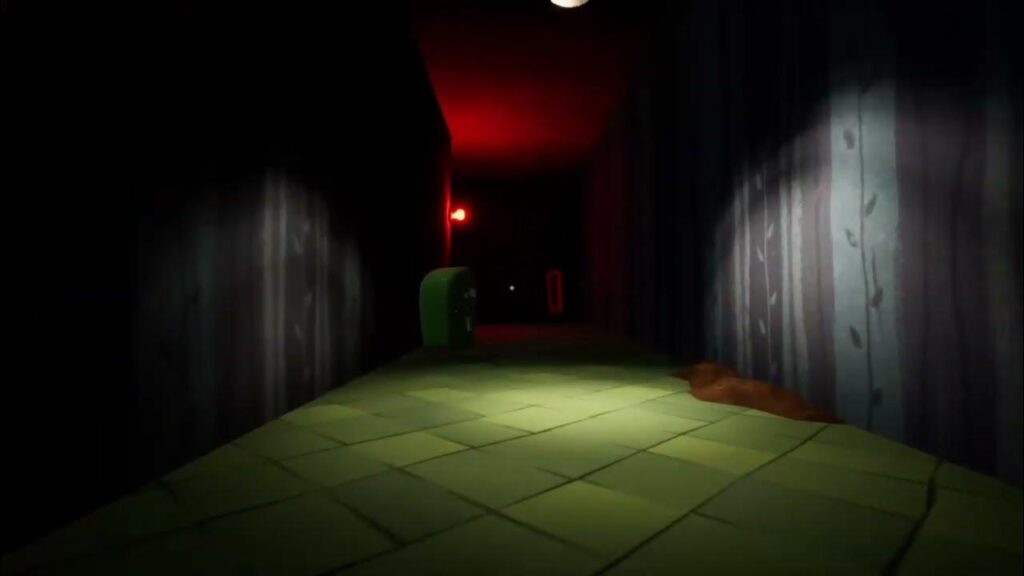
This shift in design language is jarring. The openness of the upper house is gone. Here, the layout is jagged and misleading. You walk in circles, pass through identical hallways, and start to lose track of direction. It feels like a psychological maze more than a physical one, evoking a sense of dread that no jump scare ever could.
Pacing Through Spatial Design
Hello Neighbor doesn’t rely on traditional horror pacing. Instead, it uses architecture to manage tension. Long stretches of aimless wandering are interrupted by sudden encounters. This stop-start rhythm is entirely driven by level layout.
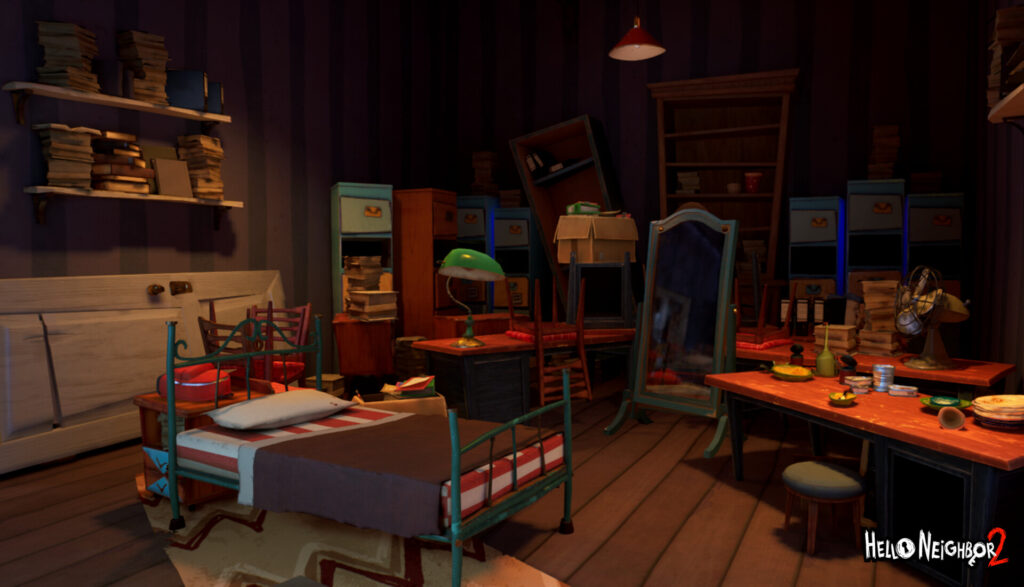
Players often feel lost or stuck—not due to poor game design but because that’s the intended emotion. The absence of linear paths or visual cues forces players to slow down, doubling the tension. Even the neighbor’s erratic movement across rooms is influenced by how levels are shaped to encourage accidental collisions.
The House Evolves as You Do
The house isn’t static. With each act, it grows more convoluted, more maze-like, reflecting your own descent into confusion and obsession. Just when you feel you understand the space, it shifts. Just when you find a pattern, the layout changes.
This evolving architecture mirrors the player’s emotional arc. Early levels are built on curiosity. Later ones, on desperation. This dynamic shift gives the environment a life of its own. It stops being a setting and becomes the antagonist itself.
Thematic Reflection in Level Design
Hello Neighbor’s spatial chaos isn’t just artistic flair—it mirrors its themes. At its core, the game is about confronting buried fears and hidden truths. Every strange hallway and nonsensical door is a metaphor for repression and the difficulty of accessing painful memories.
The house is the mind of someone haunted by the past. Its irregularity is intentional, forcing players to explore not just space, but emotion. The game may never clearly explain its story, but the level design tells us everything we need to know about the psychological toll the characters endure.
Conclusion
Hello Neighbor is often misunderstood as a quirky horror-puzzle game. But beneath its cartoon visuals lies a deeply psychological experience driven by exceptional level design. From the gradual breakdown of logical structure to the metaphorical use of space, every architectural choice is a reflection of the game’s central themes: fear, trauma, and confusion. The house isn’t just a place—it’s a living embodiment of emotional collapse. As players, we’re not simply sneaking through a neighbor’s home. We’re navigating a broken psyche, one hidden hallway at a time.










